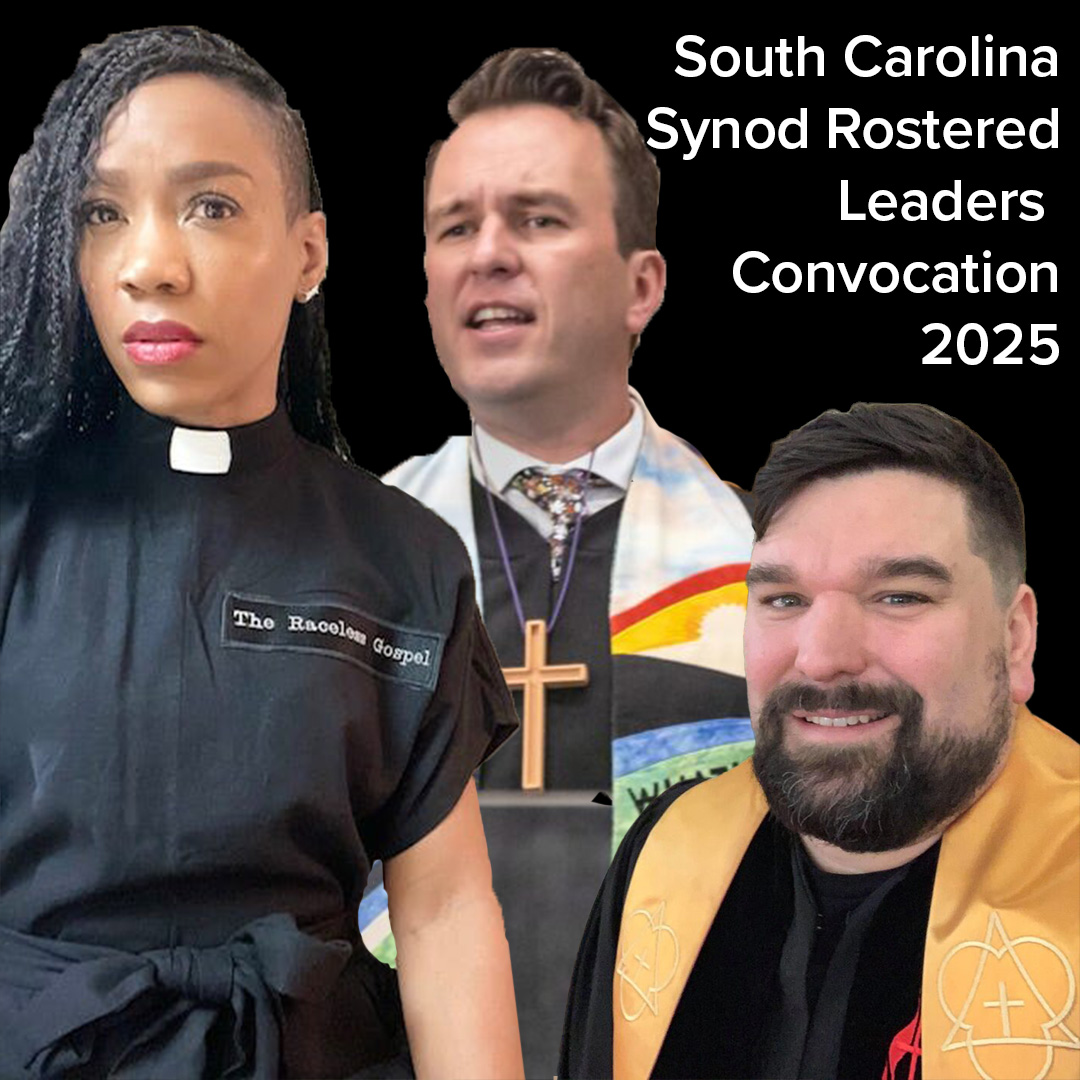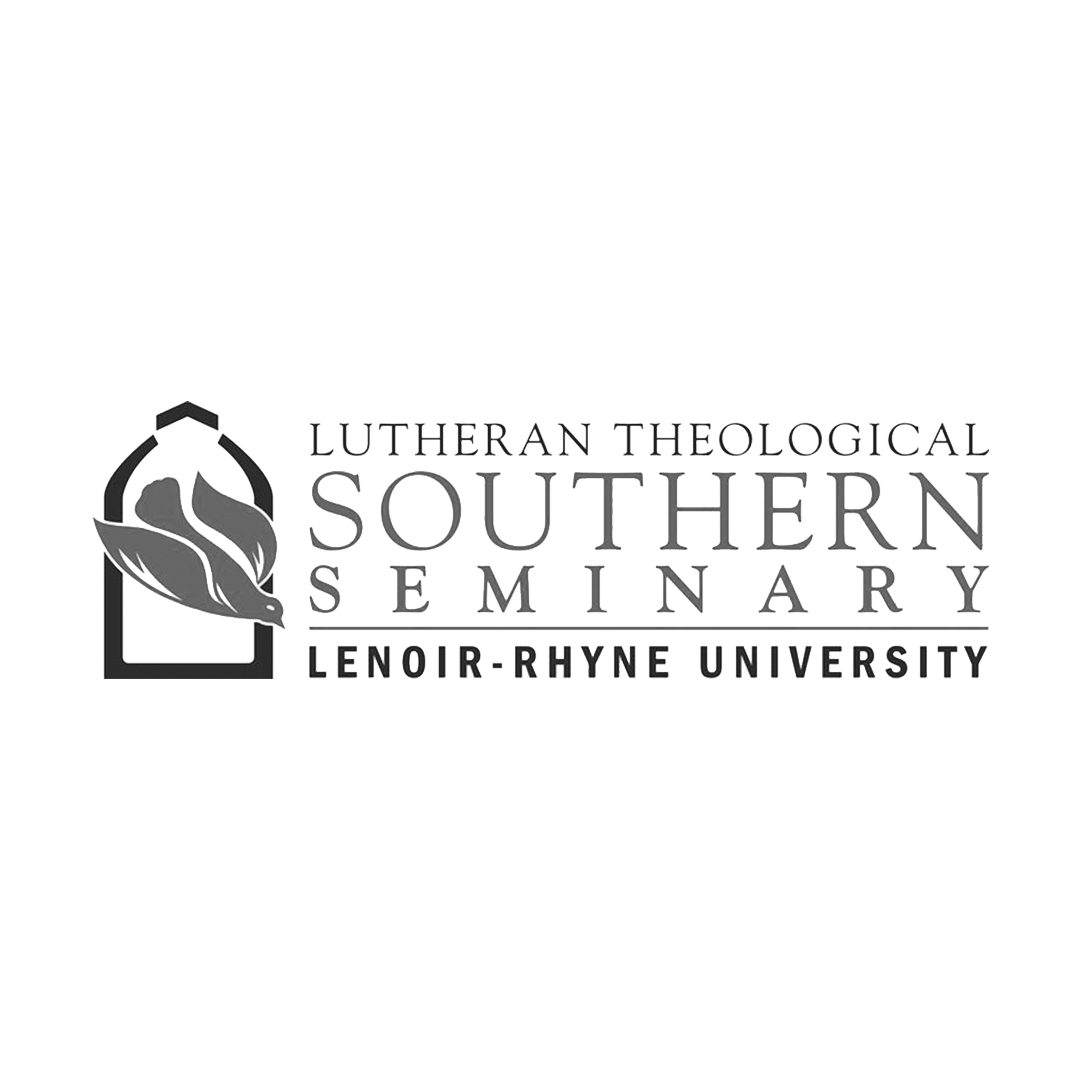By The Rev. Kris Litman-Koon
When a congregation plans the church’s annual festivals – for example, Christmas Eve and Ash Wednesday – the dominant desire is to express the biblical, historical, or theological significance of those days. A secondary desire of the planning is to make these worship services unique, formational, and memorable. Those secondary goals are not inherently problematic. However, those goals become problematic when congregations pursue them while repeating historic harms.
Whenever a religion or culture has an encounter with another, the two often have some influence on each other. This is generally called acculturation, and it is to be expected after prolonged contact. However, that phenomenon is not the same thing as when one religion takes possession of another’s rituals or customs without permission. This is commonly called appropriation, and over the centuries the Church has been prone to do this, especially when it comes to Jewish rituals.
A common manifestation of this type of appropriation is the inclusion of a menorah in Christmas celebrations. The holidays of Chanukah and Christmas have no relation, except that they tend to – though not always – annually occur near one another. (If there are both Jewish and Christian members of the same household, then their use of a menorah is a different story. The closing paragraph addresses this.) Another example of appropriation is when Christians think it is fine to hang a mezuzah from their doorpost like Jews tend to do. This is a beautiful custom, but seeing beauty in the custom is not permission to appropriate it. Christians may think such actions cause no harm, but most Jews will say that such acts are annoying at best and at worst they are a part of a centuries-long continuation of Christian disrespect for Jewish viewpoints.
The greatest example of contemporary appropriation – and the impetus of this article – is the increasing occurrence of Christian Seders. Most rostered ministers and congregational worship committees will soon begin making their plans for the upcoming season of Lent and Holy Week. When they plan those worship services, they must not consider the Seder – a familial Jewish ritual – as free for the taking.
The Seder is the primary ritual for Jews to annually observe Pesach, or the Passover. The gospels say that Jesus’ final supper took place around that year’s Pesach, but Christian scriptures are not clear on whether the last supper was an actual Passover remembrance.1 Regardless, the ritual of the Seder – with its unique prayers, table items, and order – was not developed until generations after the earthly ministry of Jesus. Therefore, when Christians today hold a Seder meal “to do what Jesus did,” they are fooling themselves. Worse yet, they are treating Jewish customs as a relic of the past rather than as an expression of an always evolving and living Judaism.
A cursory search of the internet reveals that time and again Jews have asked Christians to stop taking their rituals.2 The ELCA has documents to explain the denomination’s similar views on the matter.
- Preaching and Teaching with Love and Respect for the Jewish People (page 43)
- ELCA Guidelines for Ministry in a Multi-Religious World (page 7)
- Do Christians Hold Seder Meals?
Christians have centuries of traditions at their disposal, so congregations should turn to those traditions if they are seeking something unique, formational, and memorable for a holiday. Some traditions may quickly come to mind that congregations can employ for Maundy Thursday: foot washing, First Communion, homemade bread or wine, and the Stripping of the Altar. There are also several lesser-known customs that Christians may utilize for Maundy Thursday:
- During the main Maundy Thursday service, some pastors preside over communion with only twelve parishioners at a time in a room that is separated from the Nave.
- Some churches make a dramatic point during Maundy Thursday worship to silence their church bells (both steeple and handbells) until Easter morning.
- A tradition from congregations in Rome, though now often used ecumenically, is called the Seven Churches Visitation. People have their traditional Maundy Thursday worship in their own church, then travel to six other participating churches to quietly offer a prayer in each Nave.
- Chrism Mass is traditionally done on the morning of Maundy Thursday. During this service everyone makes a renewal of their baptismal promises, and any pastors, deacons, or bishops who are present will renew their ordination promises. As the name implies, anointing oils are used.
- Maundy Thursday is a wonderful occasion to have coordinated visits with Holy Communion to the sick and home-centered members of the congregation.
- Some European countries call the day “Green Thursday.” The origins of the tradition are widespread, but the practical custom is that the people eat fresh, green vegetables for the day.
Consider how feasible some of those traditions might be within the local congregation. It is also possible for the congregation to create its own new traditions. In whatever manner the congregation moves forward, avoid the appropriation of customs that are not for the taking, like the Seder.
If a congregation has held a Christian Seder in the past, the first step for them is to commit to do so no longer. Next, the pastor or deacon should reach out to a nearby rabbi to discuss how this misjudgment occurred and what may still need to be done to fix the harm. When Christians approach such conversations with humility and repentance, then better understanding and more respectful relationships will result.
Can a Christian participate in a Seder meal? Yes, if they are invited by a Jewish host to participate. Can a Christian participate in the lighting of a menorah? Yes, once again, if they are invited by a Jewish host. The examples continue, and the point is the same for them all: these rituals and customs belong to Judaism and its people. The practitioners of Christianity must respect that. If ever a Christian is a guest at a Jewish ritual, the Christian is there to listen, learn, and appreciate that custom; the Christian is not present to find ways to appropriate that custom.
1 The synoptic gospels imply the Last Supper was a Pesach remembrance. However, lamb was the main food shared at a Pesach meal during the 2nd Temple Period, and none of the synoptic gospels explicitly mention that Jesus and his disciples ate lamb. Another challenge to the idea that the Last Supper was a Pesach remembrance meal is that if it were so, then the Sanhedrin trial would have taken place on the night of a festival, which is precisely when work cannot be conducted according to Jewish law. The gospel of John disagrees with the synoptic gospels’ timing. John 19:31 says Jesus died on the Day of Preparation, which was the day when the lamb was slaughtered for the following day’s Pesach remembrance meal. 1 Corinthians 11, which predates the four gospels in its composition, mentions no alignment between the Last Supper and Pesach.
2 The opinions of Messianics, who call themselves Messianic Jews, should not be given weight on this matter. The Messianic movements developed only in recent decades, and they were begun by Christians who coopted Jewish rituals and customs with the sole intent to use them for the proselytization toward and conversion of Jews. The various expressions of Judaism are united in saying that Messianics are not Jewish.













